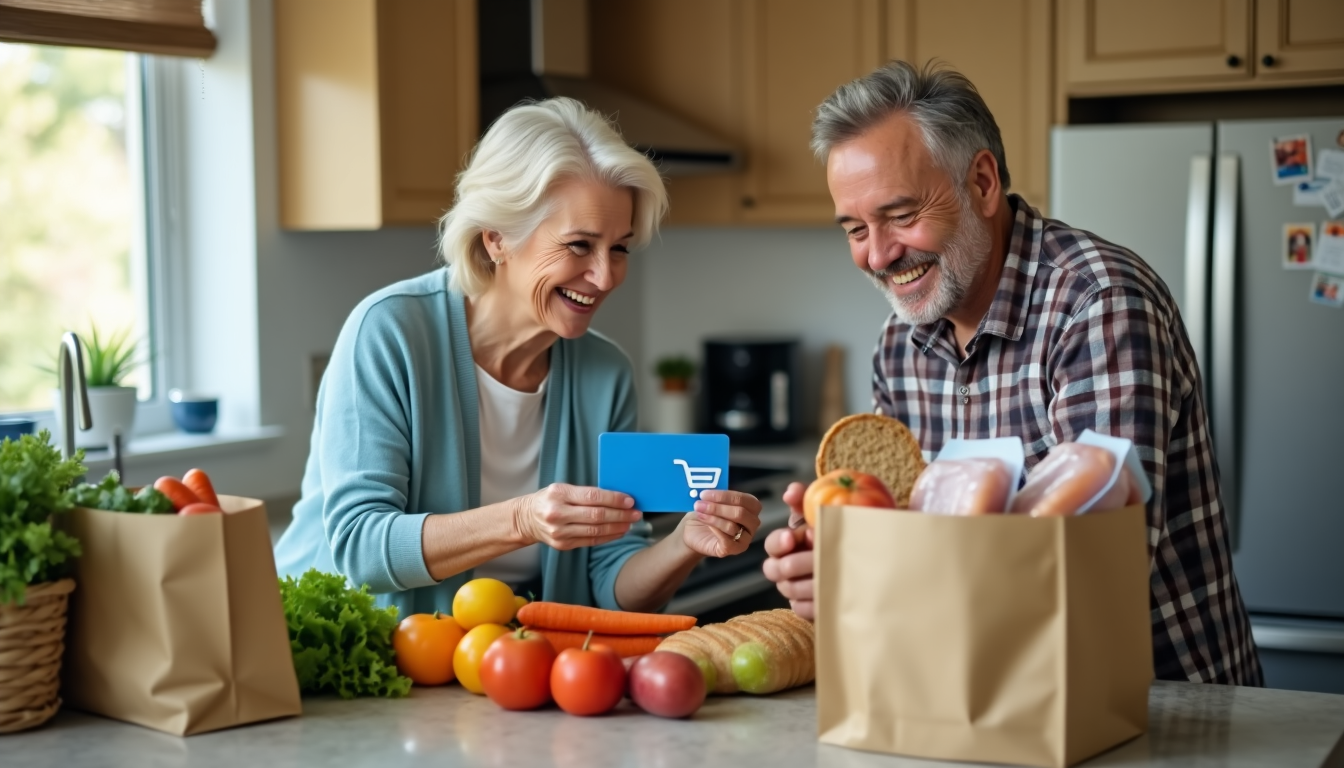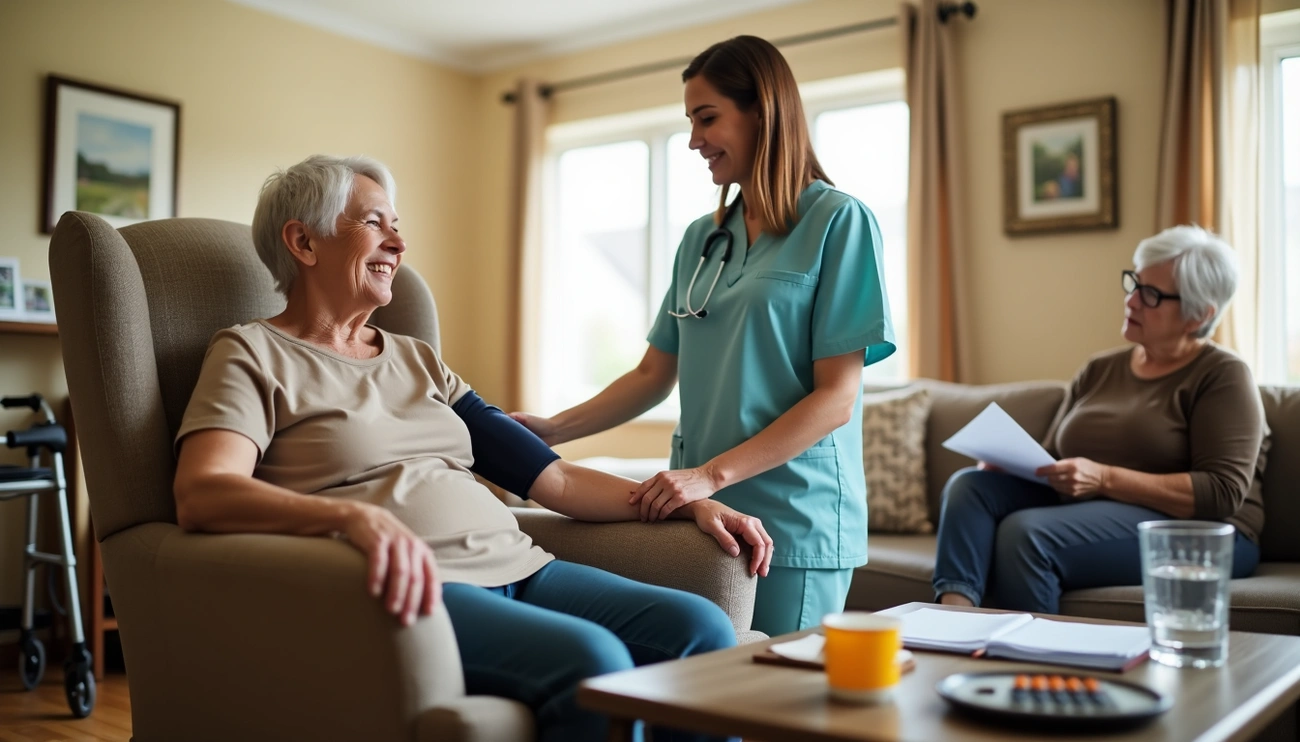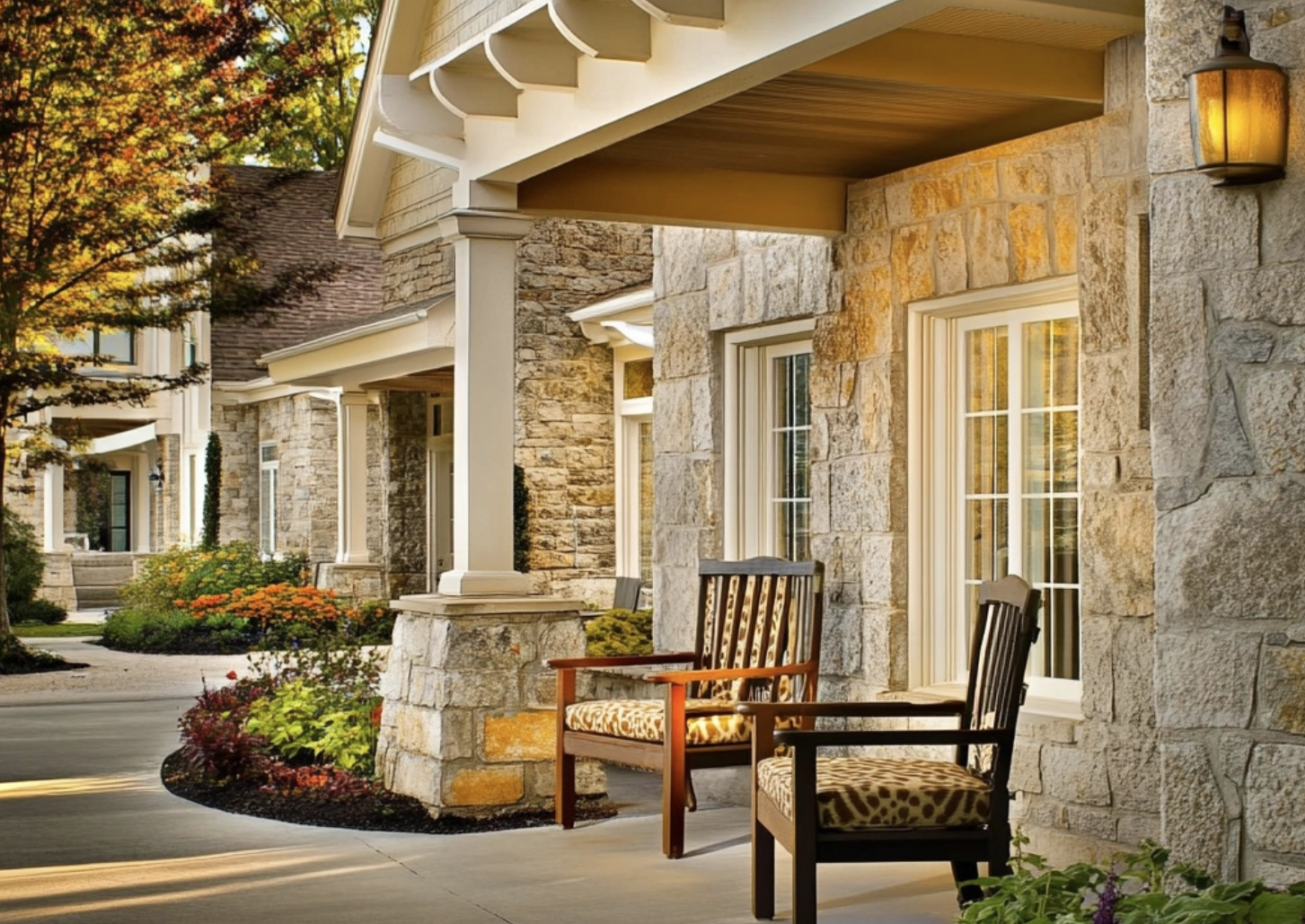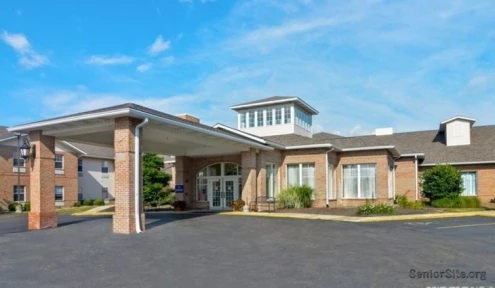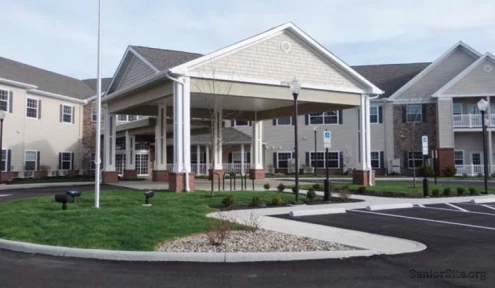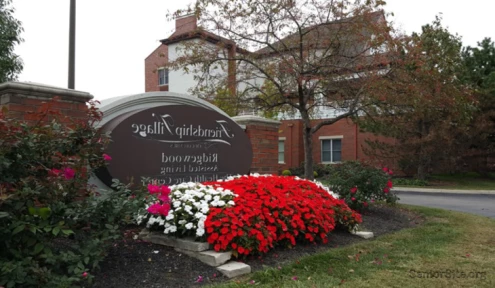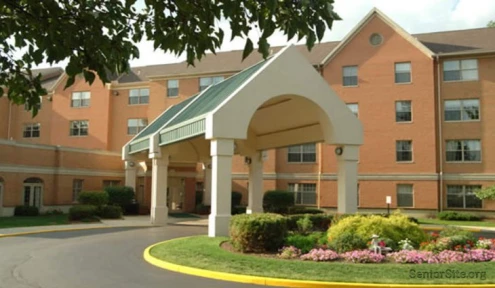Medicare Advantage plans offer eligible seniors monthly grocery benefits ranging from $25 to $200 through food allowance cards for seniors. Federal data shows 78% of American adults live paycheck to paycheck, with Baby Boomers representing nearly half this population.
The Department of Health and Human Services reports 5 million older adults have not claimed available nutrition assistance benefits, totaling $6.3 billion in unused aid. Seniors who qualify can receive up to $3,000 in food assistance for 2025 through various programs.
This guide examines food allowance qualification requirements, application processes, and approved retailers. Key topics include required documentation, benefit calculations, and maximizing monthly allowances at participating stores.
What is the 2025 Food Allowance Card Program
The Supplemental Nutrition Assistance Program (SNAP) serves more than 42 million Americans at risk of malnutrition, making it the nation’s largest anti-hunger initiative. Federal officials report significant changes to the program for 2025.
Basic overview and changes for 2025
The Food and Nutrition Service (FNS) launched new program updates starting October 1, 2024. California and Oklahoma residents now receive chip-enabled EBT cards with enhanced security features. The American Relief Act, 2025 guarantees program funding through April 2025. A new security system automatically blocks suspicious out-of-state purchases, though cardholders maintain the ability to activate their cards for legitimate travel.
How much money you can receive
SNAP benefit calculations show single-person households qualify for up to $292 monthly. Federal data indicates families of four in the contiguous states and Washington, D.C. can receive maximum benefits of $975. Alaska residents see higher allowances between $1,258 to $1,953 for four-person households, while Hawaii provides $1,723.
Monthly maximum benefits for other household sizes:
- 2 people: $536
- 3 people: $768
- 5 people: $1,158
- 6 people: $1,390
Who qualifies for the benefit
Program guidelines set income limits at $15,060 for single seniors aged 60 or older and $20,440 for two-person households. Senior applicants face simplified requirements, needing only to meet net income tests rather than both gross and net thresholds.
The Department of Agriculture raised asset limits to $4,500 for households with elderly members. Medical expenses exceeding $35 monthly count as income deductions during application review. Senior-only households receive exemptions from work requirements.
Federal rules provide additional flexibility for seniors through extended recertification periods. Home ownership, retirement accounts, and Social Security benefits do not disqualify senior applicants.
Step-by-Step Application Guide
Federal officials outline specific requirements for food allowance card applications. The Department of Social Services reports successful applications require proper documentation and careful attention to submission guidelines.
Required documents
The Social Security Administration requires these documents for verification:
- Photo identification (driver’s license or state ID)
- Proof of age (if not shown on photo ID)
- Social Security numbers or proof of application
- Bank statements showing current balance
- Proof of all household income
- Utility bills from the most recent month
- Medical expense records (for those 60 or older)
Where to apply
The Department of Economic Security accepts applications through multiple channels:
- Online through your state’s Health-e-Arizona Plus portal
- By phone at 1-855-432-7587
- In person at local Department of Economic Security offices
- Through mail or fax (downloadable forms available in English and Spanish)
State regulations allow authorized representatives to submit applications for those unable to visit offices. Written authorization must accompany these submissions.
Processing timeline
Department data shows standard applications take 30 days for processing. Applicants must:
- Complete an eligibility interview (typically conducted via phone or in person)
- Provide verification of submitted information
- Respond to additional documentation requests within 10 days
Some households qualify for 7-day expedited processing. EBT cards arrive 5-10 business days after approval. Benefit funds load within 24 hours of final approval.
The Department of Social Services recommends immediate contact about application delays or status questions. Agency staff monitor application progress and address submission concerns.
Using Your Food Allowance Card
Federal data shows food allowance cards work like standard debit cards at approved retailers. The Department of Agriculture reports cardholders can purchase nutritious food items at thousands of locations nationwide.
Approved stores and retailers
Major retailers accepting the benefit card include Walmart, Kroger, CVS, Walgreens, Albertsons, and Publix. Local supermarkets and farmers’ markets also participate in the program. Several Medicare Advantage plans now support online grocery ordering with home delivery, though benefit funds cannot cover delivery fees.
Eligible food items
The Department of Agriculture approves these food categories:
- Fresh produce and dairy products
- Whole grains (brown rice, bread, oatmeal)
- Lean proteins (chicken, fish, eggs)
- Canned and frozen foods without added sugars
- Basic cooking staples
Program guidelines exclude:
- Alcoholic beverages
- Tobacco products
- Non-food items
- Foods high in sugar, salt, or unhealthy fats
Shopping tips to maximize benefits
Double Up Food Bucks programs at farmers’ markets match benefit spending dollar-for-dollar on fresh produce. Federal rules allow unused monthly funds to roll over into following months.
Department nutritionists recommend:
- Plan meals ahead and create focused shopping lists
- Compare prices between approved retailers
- Look for seasonal produce offerings
- Combine benefits with store discounts and coupons
Medicare Advantage data shows some plans provide extra services like grocery store transportation or nutritional counseling. Plan providers maintain online portals and phone services for balance tracking and fund management.
Common Problems and Solutions
Technical issues with food allowance cards surface periodically, federal program data shows. The Department of Agriculture reports specific procedures help maintain continuous access to benefits.
Card activation issues
New cards require a mandatory 24-hour waiting period after initial activation. Program data shows declined transactions commonly stem from insufficient funds or non-eligible item purchases. Merchant system coding errors occasionally disrupt card functionality.
Federal guidelines recommend these solutions:
- Check activation status through ebtEdge Mobile App
- Separate eligible items from non-eligible purchases
- Contact customer service for unresolved issues
Lost or stolen cards
Customer service ((877) 328-9677) disables missing cards immediately after notification. Program rules protect remaining benefits after card deactivation. Benefits accessed with PIN numbers before reporting remain non-replaceable.
Security protocols require:
- Regular PIN updates through ebtEdge app
- Proactive out-of-state purchase blocks
- Biometric login setup (Touch ID, facial recognition)
- Immediate account freezes for suspicious activity
Balance check methods
Program administrators offer multiple balance verification options:
- Digital platforms:
- HealthyBenefitsPlus.com website
- Healthy Benefits+ mobile app
- Online member account portal
- Traditional methods:
- 24/7 phone line: 855-396-0691 (TTY: 711)
- Card-back customer service number
Monthly benefits automatically reload to active cards. Program guidelines stress consistent security practices protect current and future allowances. Benefit administrators recommend annual review of plan documents for eligibility and structure changes.
Conclusion
Federal data shows eligible seniors receive up to $3,000 in annual food allowance benefits. The Department of Agriculture reports proper documentation and timely applications maximize assistance amounts.
Program administrators stress document maintenance, eligible purchase tracking, and regular balance monitoring ensure continuous benefit access. Security protocols protect monthly allowances from unauthorized use.
Department of Economic Security data reveals many seniors qualify for multiple assistance programs beyond food benefits. Agency records show applicants often access additional support services after initial enrollment.
Local Department of Economic Security offices process applications daily, program officials report. Staff members guide seniors through documentation requirements and eligibility verification. The agency maintains dedicated support lines for application assistance and benefit questions.
FAQs
Q1. What is the Food Allowance Card for seniors? The Food Allowance Card is a benefit offered by some Medicare Advantage plans to help seniors with grocery expenses. It functions like a debit card and can provide up to $200 monthly for eligible food purchases.
Q2. Who is eligible for the Food Allowance Card? Eligibility varies, but generally, seniors enrolled in specific Medicare Advantage plans may qualify. Those with chronic health conditions like diabetes, heart disease, or cancer are more likely to be eligible for this benefit.
Q3. How can I apply for a Food Allowance Card? To apply, contact your Medicare Advantage plan provider or the State Health Insurance Assistance Program (SHIP) for guidance. They can help you choose a plan that offers this benefit and assist with the application process.
Q4. What can I purchase with the Food Allowance Card? The card typically covers nutritious food items such as fresh produce, dairy products, whole grains, lean proteins, and basic cooking staples. Alcohol, tobacco, and non-food items are generally excluded.
Q5. How can I check my Food Allowance Card balance? You can check your balance through various methods, including online portals, mobile apps, or by calling the customer service number on the back of your card. Some plans also offer balance inquiries through text messages or email alerts.
